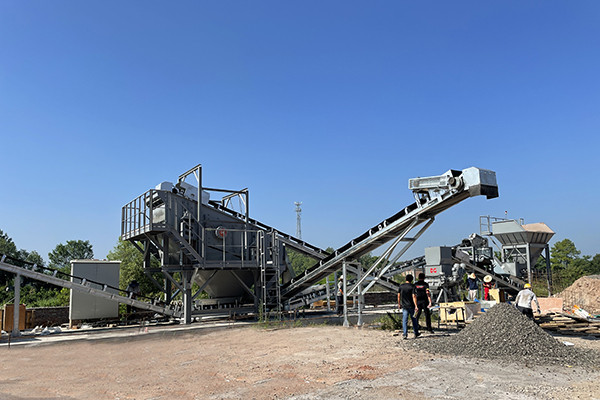The installation of a stone crushing plant is a crucial step in the process of producing crushed stones for various construction applications. A stone crushing plant typically consists of several key components, including crushers, screens, conveyors, and feeders. The primary objective of the installation is to ensure that the equipment operates efficiently and effectively to produce high-quality aggregates.
Before installation, it is essential to conduct a thorough site analysis. This involves assessing the site’s geography, proximity to raw materials, and environmental considerations. Proper planning is vital to ensure that the plant can handle the required production capacity while adhering to regulations.
Once the planning phase is complete, the installation process begins. The first step involves setting up the foundation for the equipment, ensuring that it can handle vibrations and weight. The crushers are typically installed at the primary stage of the production line, where large stones are reduced in size. Different types of crushers, such as jaw crushers, cone crushers, and impact crushers, may be used depending on the desired output.
After the crushers are in place, screens are installed to separate crushed materials based on size. This step is critical for providing uniformity in the final product. Conveyors are set up to transport the crushed materials efficiently from one stage to another, minimizing manual handling and ensuring a smooth workflow.
The installation process also involves integrating control systems that allow operators to monitor and adjust the plant's performance in real-time. Training personnel on the use and maintenance of the equipment is equally important to ensure safety and optimal operation.
In conclusion, the installation of a stone crushing plant requires careful planning, skilled labor, and adherence to safety standards. A well-installed plant will not only enhance productivity but also contribute to the quality of the aggregates produced, ultimately supporting the construction industry’s demands.
Content Disclaimer
The content provided on this website is for informational purposes only. Some of the information, articles, images, and other materials available on this site may be sourced from third-party websites and public domain resources. While we make every effort to ensure the accuracy and reliability of the information, we do not take responsibility for the content provided by external sources.
